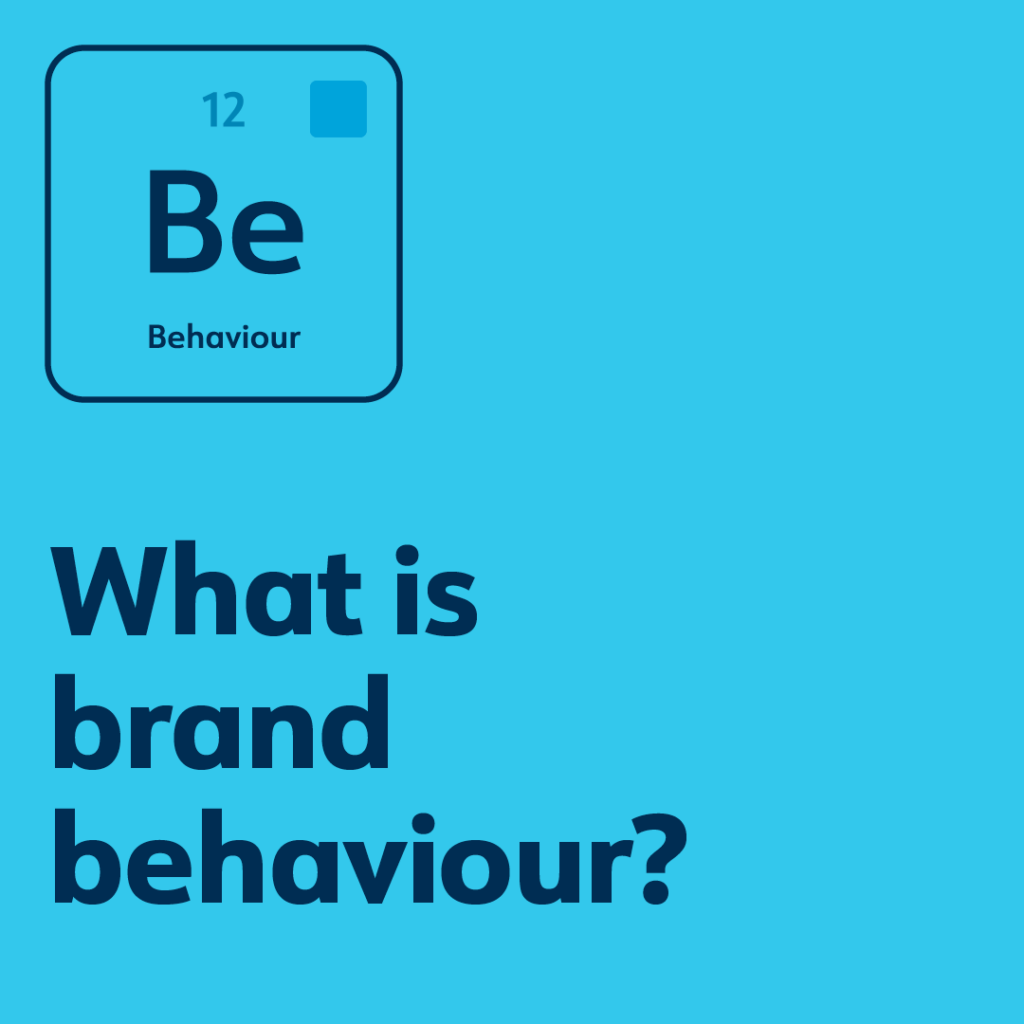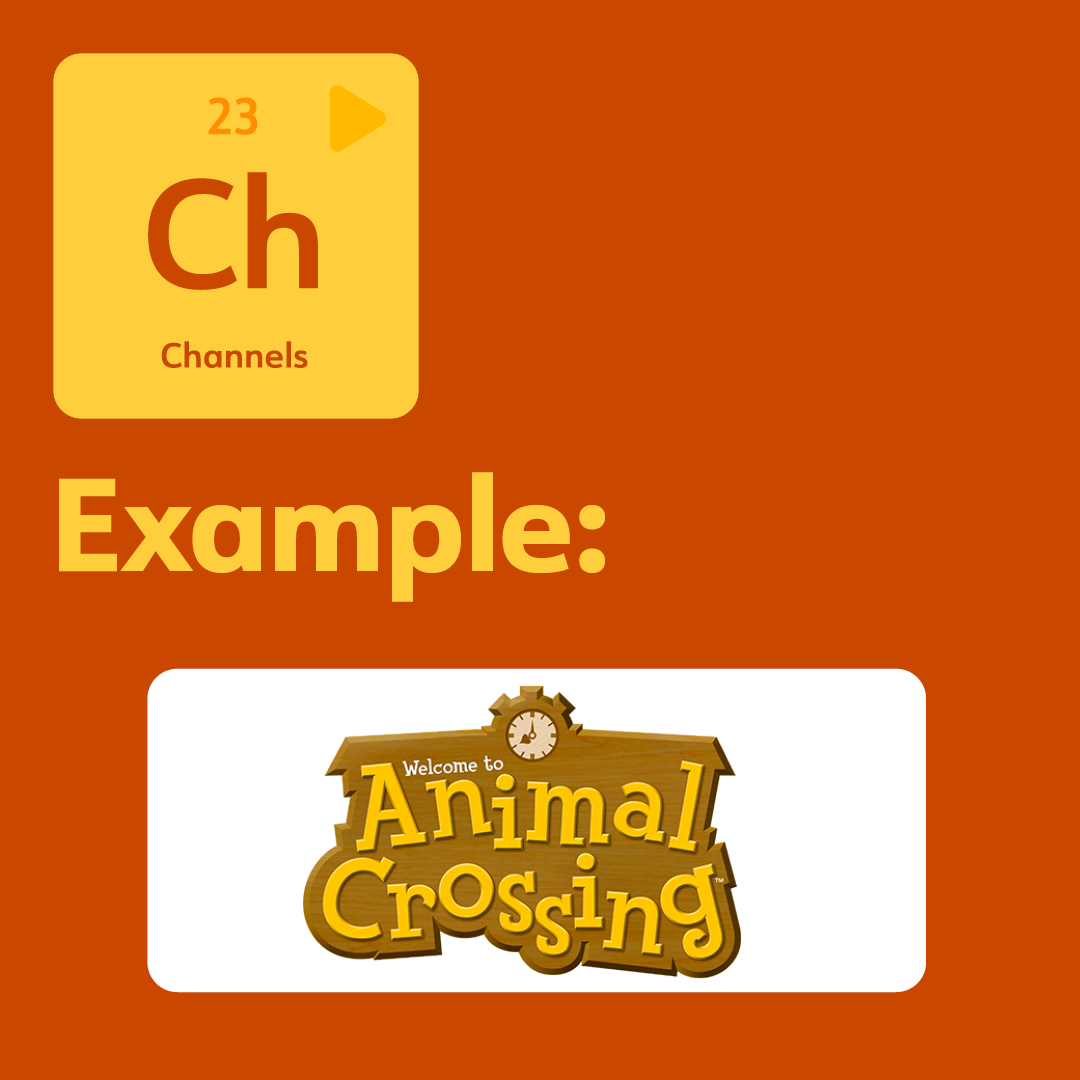
Brand behaviour is the way your company behaves towards customers, collaborators, and competitors and it’s something that can make or break your business.
How you choose to define your behaviour should be relevant to your company, but it shouldn’t be so specific that it can only apply to one niche market. Instead, you want it to appeal to a wide range of people who are looking for different services or products. This way, you can be more magnetic for customers and collaborators.
The best way to do this is by having a clear brand behavior that all employees follow without fail. That way, when a customer walks into the shop or makes contact with the company online, they will always be greeted with the same experience and feel like they are interacting with someone who knows what they want and how to provide it.
Don’t be fooled that this only applies to companies that have a physical store. Take User Experience (UX) as an example. It is not only based on how the user navigates. UX heavily relies on how the platform (brand) interacts with the user to improve the experience in chat, guidance, navigation, pop-ups etc.
Think about B2B and how you act in meetings. Do you ask optimistic or pesimistic questions? How are your presentations? Do you hold the door for the others? How is your Ai-robot interacting with customers on your website? This are all questions that link to your brand behaviour.



